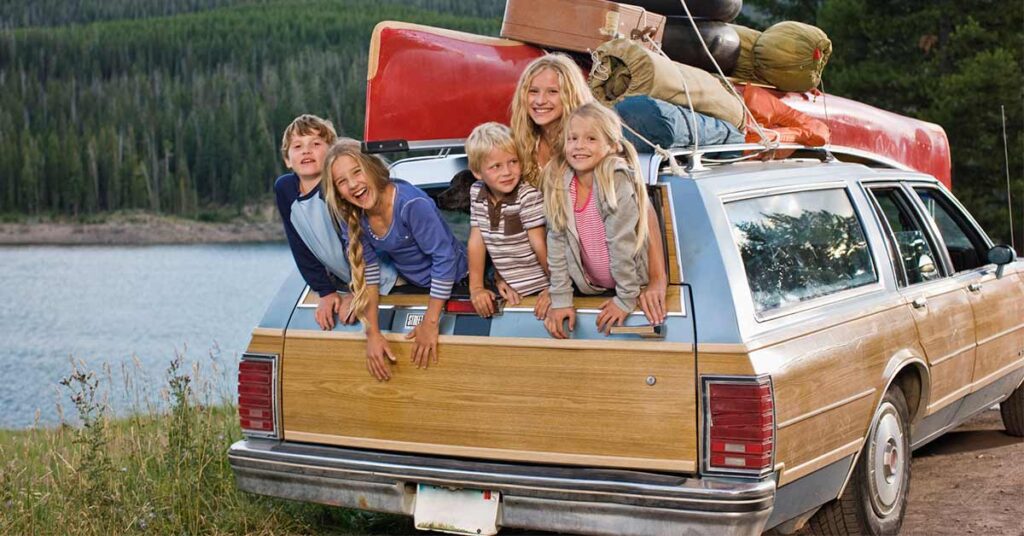A few weeks ago, we were talking with a friend in the market for a pre-owned car. After listening to him talk about what he liked about his previous car—spaciousness, powerful engine, sedan body style, comfort on the interior—we ventured a tentative query:
“What do you think about a station wagon?”
“A station wagon?”
“Yeah.”
“To drive?”
“Yeah.”
“For me?”
“Yeah.”
It didn’t go over too well. The perception of a station wagon as a dowdy, Clark Griswold, librarian, oatmeal, Scotch tape, guava juice, grandmother of a car was tough to shake. Our friend wasn’t interested.
But it could be so much more!
It didn’t work on him. And then we remembered an article from Quartz magazine a month ago, “Why America’s love affair with the station wagon is over.” That’s actually a bit too generous—if we’re honest we’ll admit that the love has been gone for a long, long time. Nonetheless, Quartz’s piece thoroughly examines the slow death of the station in the past 20 years.
As minivans, light trucks, full-size SUVs and now crossover SUVs have made their evolutions, the station wagon in the U.S. has simply aged out. In America. The article notes that this perception, this association of the station wagon with “old-fashioned,” doesn’t exist in Europe where station wagons continue to sell quite briskly.
Therefore, we would argue that it’s not a taste problem: it’s a branding problem. Everything our friend wanted could be had in a station wagon, but his mind wouldn’t let him go there because of his perception. Like the strange-looking donut that you want to try but just can’t quite reach for, station wagons need a better brand identity.
This is a Don Draper problem. SUVs have shrunk from full-size to crossover size because as much as Americans say they don’t want station wagons, they seem to be taking a circuitous route back to them. Quartz points out that a lot of our infatuation with SUVs is from perceived value instead of actual value.
The things that Americans now want from an SUV—fuel efficiency, better handling, better driving—can only be had by shrinking the body. Reworking the suspension. Increasing the amount of glass. As a result, SUVs look a lot more like station wagons than they did five years ago, or even 10 years ago. Our perceptions and values are out of sync.
As Steve Jobs famously said, “A lot of times, people don’t know what they want until you show it to them.” In this case, Americans have seen it before. They just need to be re-wooed. They need to be told all over again how what they want has been there all along. If that isn’t a classic American story, what is?

